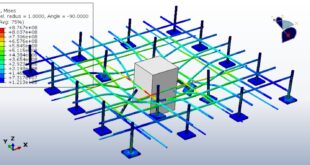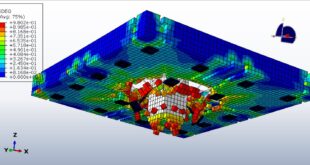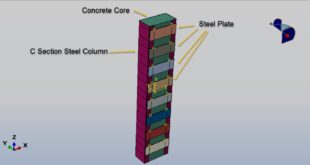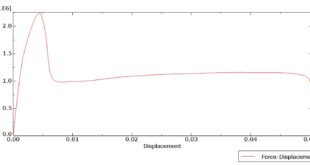In this tutorial, the Simulation of the Push-Out test on a new shear connector of the I-Shape in Abaqus has been investigated. The concrete is modeled as a three-dimensional solid part. The steel reinforcements are modeled as wire parts. The steel beam and connector are modeled as three-dimensional solid part. You can see a figure of the assembled parts below
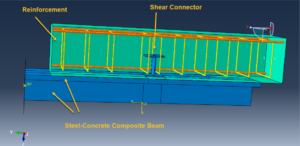
The shear connectors are commonly used to ensure composite action in a steel–concrete composite beam. Their main function is to resist longitudinal shear forces at the steel–concrete interface and to prevent vertical separation between the concrete slab and the supporting steel beam. Many types of shear connectors have been developed and used in the past. The most widely used shear connector in practice is the welded stud with a suitable head that contributes to the shear transfer and prevents the uplift. Nevertheless, due to the small load-carrying capacity of stud connectors and also due to the fatigue problems caused by live loads on composite bridges, some other alternative shear connectors are proposed such as the angle connector with anti-uplift which are frequently used in Algeria and in some other countries
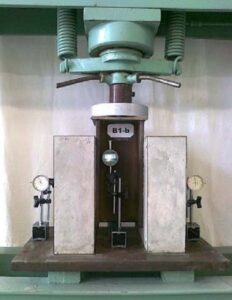
The Concrete Damaged Plasticity material model is so suitable for concrete, that the compression and tension data with damage behaviour is selected for it. The elastic-plastic material model is used for the steel members and shear connectors. Both dynamic and static steps can be used in this example, but the dynamic method is better here because of the parts and their interactions. The surface-to-surface contact with friction behavior is considered between steel beams and concrete. The reinforcements are embedded inside the concrete, the shear connector is also constrained inside the concrete. The proper boundary conditions and mesh are assigned to the all parts of the model
After the simulation, all results such as stress, strain, tension damage, compression damage,, and connector failure are available. You can see some figures for the below
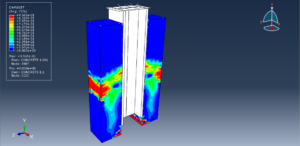
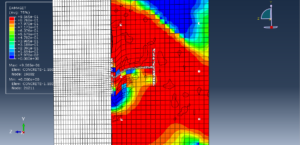
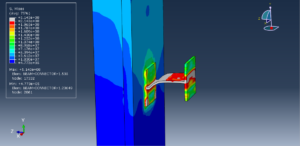
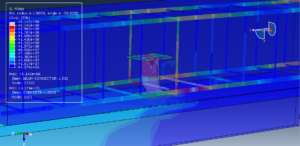
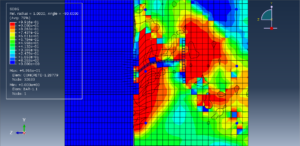
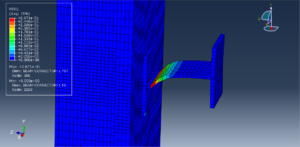
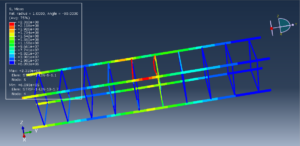
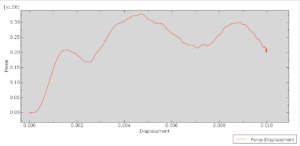
You can provide CAE, INP, and English video files of this simulation here. The cost of these files is Thirty Euros. you can click on the bellow bottom to begin the process
You can purchase the tutorial through a PayPal account, a Visa, or a Master card, just before payment, send me an email to this address: karampourp@gmail.com
 Abaqus tutorials Abaqus tutorials
Abaqus tutorials Abaqus tutorials
